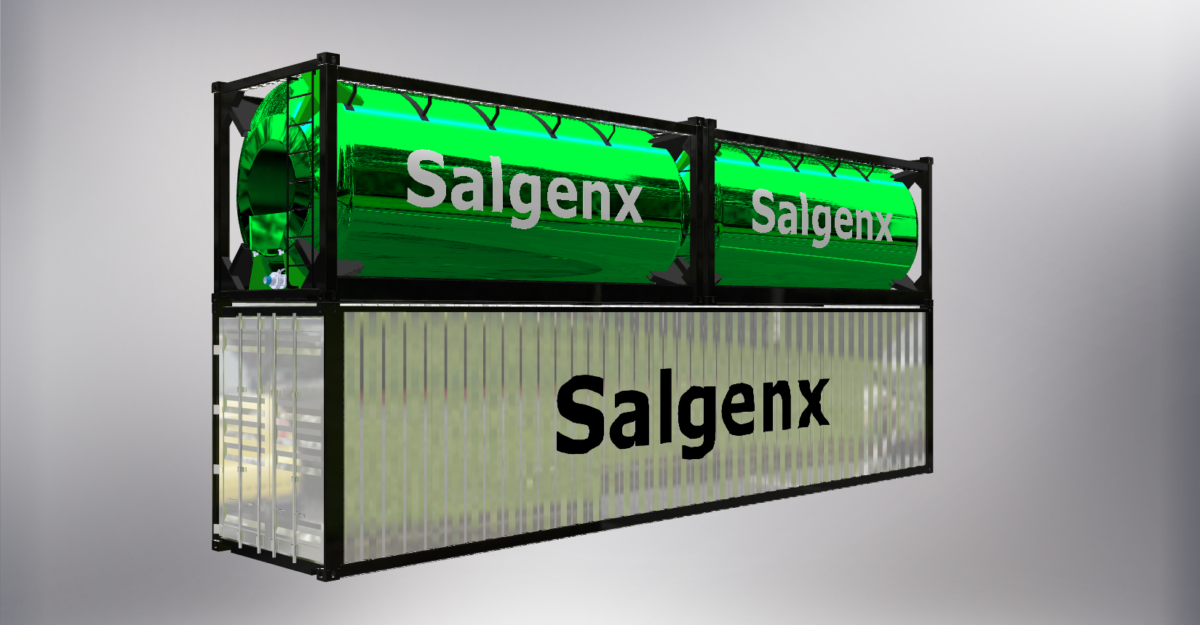Salgenx has developed a graphene production method that uses its saltwater redox flow battery. The membrane-less battery charges and discharges by using an electrolyzer that splits sodium chloride (NaCl) into sodium (Na) and chlorine.
“The chlorine is then stored in the aqueous electrolyte, while the sodium is stored in the cathode,” Salgenx CEO Greg Giese told pv magazine. “In this instance, the cathode comprises a sacrificial material, graphite, which intercalates the sodium. Salgenx applies a proprietary technique that exfoliates the graphite into individual layers of graphene, which can be further processed for higher purity.”
The process of graphene exfoliation occurs during charging due to an electrochemical process. When an electric potential is applied to the graphite host, it causes guest-charged species in the electrolyte to intercalate into the graphite’s interlayer galleries and produce gaseous products that contribute to structural expansion, according to a recent paper on the topic.
The method does not use up sodium, leaving it for the battery’s discharge process. Salgenx claims it produces graphene for less than $1.25 per gram, compared to an average price of graphene of $100 to $400 per gram. “Salgenx's flow battery system typically takes 4 to 6 hours to charge, usually during off-peak hours, enabling simultaneous production of graphene to enhance payback and become a revenue model,” the US-based tech startup said in a statement.
Popular content
The on-demand graphene production machine will initially target the fiberglass and carbon fiber fabrication industry but can reportedly be applied to any graphene additive space.
In March, Salgenx said it had developed a system that uses the electricity stored in its battery to produce clean drinking water from seawater.
This content is protected by copyright and may not be reused. If you want to cooperate with us and would like to reuse some of our content, please contact: editors@pv-magazine.com.


It would be helpful to post the average price of producing grapheme by other methods so that we can understand the significance of the $1.25/ounce price that was cited.
Hi Suren, Salgenx claims the average graphene price is $100-400 per gram.
$1.25 production per gram is for a standard retail price of $100 – $400 per gram sell price.